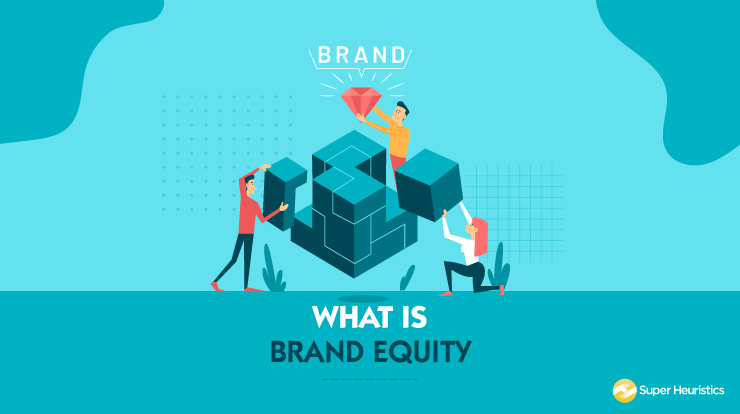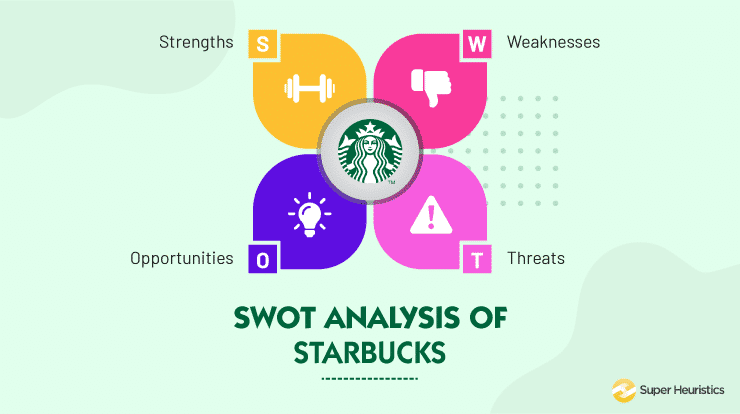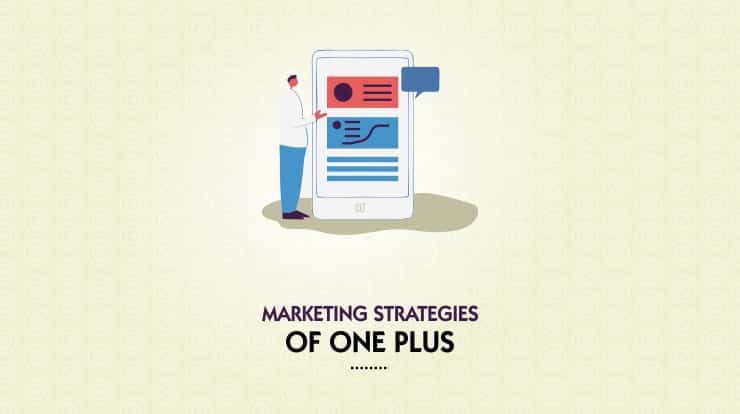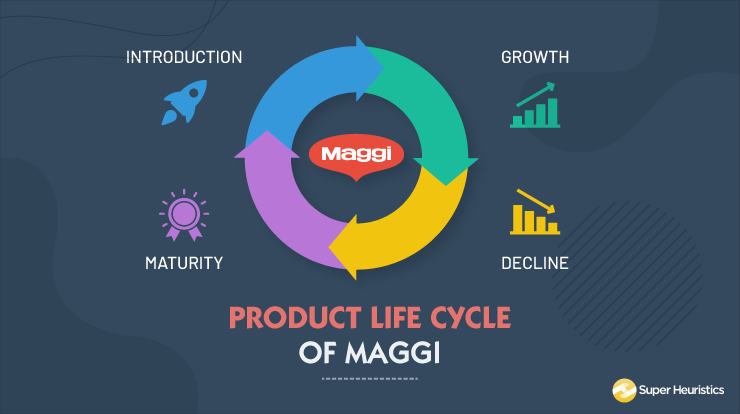
Have you ever wondered what is the meaning of Brand Equity? For this I would like all of you to think of a scenario with me.
You go to a supermarket to stock grocery for the month. The maze-like rows and columns of thousands of products lies ahead. But does it intimidate you? No right!
Reaching the detergent aisle, amongst the display of varied brands you reach out for your Surf Excel. Moving forward, you don’t think a minute before picking Maggi as your go-to snack. You reach the shelves where the beverages are stacked, only to find that your Coca Cola is out of stock.
Damn! You suddenly become health conscious for the month and drop buying any other beverage.
Isn’t this the story with all of us! We instantly recall brands when there is a need to buy a product and making a shift from these brands due to any external reason is difficult.
I’ll share with you the data from 2020 with India’s 30 most trusted brands and I am sure you will instantly know why they featured in the list. These are some of your go-to brands.
I don’t know about you but this list is most of what goes in my shopping basket.
With that, let’s move on delve deeper into Brand Equity meaning and see how Brands are able to build and sustain it for decades.
Do have a look at the image below in order to understand the maze of topics we are about to discuss:

The Meaning of Brand Equity
Brand Equity is the total value of a brand as an asset. This value is gauged from the consumer’s perspective.
The concept relies on a simple principle that the power of a brand relies in what lies in the minds and hearts of the consumers about that brand.
Depending on what value the customer associates with a brand, he or she is even willing to pay a higher price for a brand that they perceive more trustworthy.
Father of modern branding, David Aaker, defined brand equity as a collection of brand assets and liabilities that are associated with a brand name and symbol, which add to or subtract from the value supplied by a product or service.
One thing which inherently comes along with customer trust is higher profits. Think of it this way. A T-Shirt is manufactured with an input cost of let’s say Rs. 100. When you try to sell it as is in the market at Rs. 200. You make a 100% profit.
On the other hand, consider Nike making the same T-Shirt with same input cost and then goes to the stores with their brand name. The customer perception for the value of the product goes up and the same product may fetch close to Rs. 500. A whopping profit of 400%!

The meaning of Brand Equity, Brand Value and Brand Resonance is used interchangeably. Let’s try and look at the subtle differences of these terms.
Brand Value V/s Brand Equity V/s Brand Resonance
There is a great deal of confusion on some terms that are interchangeably used and I say that because even I have been using them without conscious thought. Let’s clear the air for some of the confusing terms under Brand Management.
Brand Value
Brand value is more of a financial term and is the estimate of the financial worth of a brand. In order to calculate the brand value, businesses have to refer to the mirror data which is how much someone would pay to buy that brand.
Another dimension of seeing Brand value is in terms of replacement cost. If you choose to discontinue this existing brand and decide to come up with a completely new brand, think of the cost required to take this brand to the old brand’s level. That is your Brand Value!
Brand Equity
Meaning of Brand Equity as we have already stated lies in consumer perception. It is a sum total of the assets and liabilities that are associated with the brand name. The pillar for brand equity is customer relationship.
Brand Resonance
Brand Resonance is the ultimate ‘Moksha’ that the firms are trying to achieve. The meaning of Brand Equity come under the umbrella of Brand Resonance. The two terms can definitely be used interchangeably.
But in reality, the level where customers feel a psychological connection and a deep bond with your brand is Brand Resonance.
Think of Cadbury in India. It has loyal customer base with attitudinal attachment. It is very effectively placed itself in the Indian families and enjoys utmost trust of these families.
I hope I was able to clear out the meaning of these confusing terms for you. So, with that lets try to understand the different components of Brand Equity.
Components of Brand Equity
It was David Aaker who in his book- Managing Brand Equity popularized the Brand Equity Model. According to the model, there are 5 components that comprise Brand Equity:
Brand Loyalty
Brand loyalty is the first component that accentuates the meaning of brand equity. It is the measure of how often the customer comes back to have a transaction with the same brand. More Brand Loyalty means the customer returning again and again to buy the same brand.
Brand Loyalty often means a greater liability in the consumer balance sheet of the brand. Firms are responsible to deliver to the customer every single time and maybe even better.
I came across the 2020 loyalty leaders list and some of the brands that made it to the list of brands with highest customer loyalty are:
- Amazon- Online Retail
- Netflix- Video Streaming
- Amazon- Video Streaming
- Apple- Smartphones
- Domino’s- Pizza
Don’t we see the reason just evident there. Aren’t we proudly brand loyalist to these companies for our respective needs!
The picture below sums up how Brands handle Brand Loyalty as a component of Brand Equity.

Source: blog.creatopy
Brand Awareness
Brand awareness is how much a consumer recognizes a product by its brand. What do you think is the reason why giants like Coca Cola and Dove have to keep on doing tv commercials?
It’s because brands do not want to be forgotten. Because an empty space in mind is an invitation for another brand to settle in.
There are three categories of awareness that any consumer might possess. One is when the customer can recognize and differentiate your product amongst a number of other brands. This phenomenon is called Brand Recognition.
Brand Recall is another type where the moment a product strikes a customer’s mind, the name of one brand pops up. You are meeting your friends and someone amongst them says that they would like to have Soda. Isn’t Coca Cola the most instantaneous choice!
The last one is Top-of-the-mind Awareness where a brand is able to make way to top 3 brands that from which the customer always purchases. Its every marketer’s, precisely brand manager’s dream to make way into that glorious list.
Brand Associations
A brand association is primarily a thought or a quality that the customer associates with your brand.
Do you remember the tune associated with Britannia, the one which used to play after every ad. Ting-ting-ti-ting! I just wrote music! But seriously, if someone says Britannia, you instantly have this tune getting played in your mind.
After seeing dozens of communications with the same words, characters, music or emotion, you start associating the brand with that subconsciously.

Source: inkbotdesign.com
Perceived Quality
When customers know while buying a product from a particular brand that it is for sure going to be the best quality amongst all, that’s perceived quality. In layman terms if someone were to define meaning of Brand Equity, it would be perceived quality.
Customers have a strong belief on these brands that their products are certainly going to solve their needs, would be free of defects, feel good and will hold their quality for a long time.'
One thing to note here is that, it is not only the design and usability of the product that matters. Factors like packaging, customer’s purchasing experience, brand’s advertising also matter a lot.

Source: nissan-global.com
Brand Experience
Brand experience is the amalgamation of all one-time encounters and the experience the user has with the brand. Its an exaggeration of customer experience with the overall brand.
Good Brand Experience motivates customers to make repeat purchases and consider a Brand as superior.
Think about your experience at McDonald’s. You get a nice ambience for your friends and family, almost perfect burger every time you order one, less waiting time and a very cooperative staff.
To provide this superior experience the company has to highly standardize its practices such that the same quality of food and experience is delivered every single time.
Brand Assets
Brand assets are nothing but the designs, writings and media that are the brand owner’s intellectual property. They are the most tangible elements in the meaning of Brand Equity.
Logos and taglines are some other assets that a brand owns. They are assets because of the fact that customers recognize the brand through these entities. They even have a commercial value which is equivalent to what any business would be willing to pay to get those.
Like any asset, Brands require long-term investments and they do pay dividend with time.
So, with that we have an idea about the meaning of Brand Equity and the various components that contribute to its development. Now we move on to analyze Keller’s Brand Equity Model which is slightly different from what Aaker postulated.
Keller’s Brand Equity Model
Keller’s Brand Equity Model is the Customer Based Brand Equity (CBBE) Model.
Where Aaker was more concentrated on the emotions the brand generates, more precisely the recognition of the brand, Keller’s logic was more customer centric.
He believed that in order to have a strong brand, it is important to create the right brand image through superior customer encounters and experiences.
Keller’s pyramid model consists of 4 levels:

Source: medium.com
Let’s discuss the four stages one by one. This will also give us a deeper understanding of meaning of Brand Equity.
Start with Building your Brand Identity
Start by establishing who you are. The answer to that question can be expressed in the form of various elements that serve to identify and differentiate the brand.
Some of them which we all know of are Brand Name, URLs, Logos, slogans, jingles and packaging.
Some of the criteria to be kept in mind while choosing Brand elements is that each one of them should be:
- Memorable- Easily recognized, easily recalled
- Meaningful- Descriptive and persuasive
- Likable- Fun, interesting and aesthetically pleasing
- Transferable- Withing and across product categories and across multiple countries
- Adaptable- Flexible
- Protectable- Competitively and Legally
KFC is the no doubt the world’s most popular restaurant chain and there is a strong influence of these brand elements in its success. It is one of the best brands that can be used as a brand equity example.
The slogan ‘Finger Likin’ Good’ resonates with their audience. KFC’s pioneer, Colonel Harland Sanders remains the most recognized, respected and beloved brand characters of all times.

Source: wikipedia.org
Communicate the Meaning of Your Brand
Performance and Imagery are the building blocks for all subsequent stages of the model.
Performance is how well your product satisfies the needs of the consumer. It is a test of the hype you create about your product through your various promotions. It’s about whether those claims actually meet commitments.
Imagery is about how your brand appears to the customer. It is important to construct your messaging very carefully because you may have a different idea about your brand in mind and a flawed communication can completely alter that.
Judgements about Your Brand
What does the consumer think of you as a brand? Are they considering you superior or regular? Human beings are in a habit to judge and hence how a brand is being judged says a lot about its success.
Brands are able to build positive judgements about their brand through superior quality and best in class user experience.
Think about brands like Gucci and Louis Vuitton. They have an image of sophistication and richness and that is solely based on how customers have judged and felt about the brands.
Brand Resonance
Like we discussed before, Brand resonance is the relationship between the brand and the customer. The idea behind is to not only develop long term relationships with customers but also reach the stage where they become your advocates.
Loyalty programs, customer communities and engagement through social media are some of the ways that brands are constantly keeping in touch with their beloved customers which assists brand resonance.
Brand has a value like any business asset, it needs to investment to build like any other asset and it surely generates liabilities in terms of treating the customer with top notch quality and experience every time.
If there was no such thing as Brand Equity, firms will only be pushing customer to increase their sales. Brand equity pushes firms to cater to what the customer needs.
“Brand Equity is an anchor to keep the businesses Customer Centric rather than Profit Centric”
I will leave you with a list of brands with their measured Brand Equity. Do think of reasons why these are some of the brands with the highest brand equity. Try associating the brands with the Brand Equity meaning and its different components.

Source: brandmarketingblog.com
Conclusion
Meaning of Brand Equity is the value of a brand and is defined from the consumer’s perspective of the brand
- Brand can benefit from maintaining a positive brand equity on three fronts:
- It helps to increase their bottom line as they can charge a dearer amount for brands that are considered superior
- Brand equity is transferrable and hence a positive brand equity can be transferred to a different product line under the same brand
- Brand equity also is symbolic of a Brand’s market share.
- Aaker gave the brand equity model that comprised of the following six components;
- Brand Loyalty
- Brand Awareness
- Brand Association
- Perceived Quality
- Brand Experience
- Brand Assets
- Keller’s model is also known as the customer-based brand equity model because of its derivation keeping the customer in mind.









